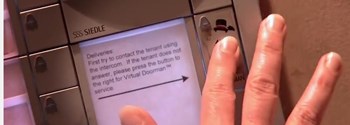
Online services have revolutionized everything – but especially shopping. Virtually anything you want is now at your fingertips, and virtually everything can be delivered. Online versions of every service, from food delivery to furniture to pharmaceuticals, can arrive at your door without you ever leaving the comfort of your bedroom.
Online services are revolutionizing the building service industry as well. Gone are the days of the post office box, when residents of non-doorman buildings had to rent an address at the local post office to receive packages, or have everything sent to their office, then had to drag it all home on a crowded subway packed with irritable commuters. Services such as Butterfly MX, Academy Makilbox, Cyberdoorman, and Virtual Doorman, just to name a few, are making life easier for residents of limited service buildings.
How Does it Work?
Obviously, having near-anonymous personnel coming and going in residential buildings requires a great deal of thought – not only to logistics, but also to security.
For most delivery systems, security is provided through a web based information management platform that streamlines communications between residents, building managers, and a command center in the form of an interactive web portal. The main entry point to a client building is equipped with an alarmed card-access lock, a two way audio communication module and a video camera, which in turn is connected to a digital video recorder (DVR).
Whenever a package arrives, the delivery person initiates a contact with the command center through the portal. The courier is instructed to go to a storage room, also under electronic surveillance. The command center unlocks the door to the storage room and verifies that the courier leaves the package and doesn’t take anything from the package locker. The courier is monitored until he or she has left the building, and the resident is notified of their delivery by the command center by phone, email or text, whichever they have chosen for notification that a package has arrived and can pick up the package when they arrive home. No muss, no fuss, no Christmas tip.
Smartphone Apps
Some companies like provide users with an app for their smartphone that provides the user to opportunity to control their deliveries from anywhere. They can open and manage doors from any location. For example, according to their website, “ButterflyMX transforms any smartphone into a mobile video intercom system. Once the intercom has been installed in the building and the app has been downloaded, “Visitor calls from the intercom will come through the app as a video call wherever you are, so you can view the visitor before granting access to the building.” ButterflyMX’s system also provides for virtual keys, messaging options, and digital timestamps. These systems cost between $5,000 and about $7,000 to install, depending on specifications, building size, and other variables.
Greg Cohen, President of Impact Management, a co-op and condominium management firm with offices in Manhattan, Westchester and Long Island, says a number of their clients in limited service buildings are using these types of systems and describes yet another iteration. “I saw the concept a few years ago on Shark Tank. It’s called doorman.co. It doesn’t cost the co-op anything. The recipient has packages shipped to doorman.co, and they deliver the package to the resident at a more convenient time. The company delivers late into the evening. The user pays a small fee per package.”
Cyberdoorman: http://www.cyberdoorman.com/what_is.htm
Virtual Doorman: http://virtualdoorman.com/
ButterflyMX: https://butterflymx.com/how-it-works/
Academy Mailbox: http://academymailbox.com/
Doorman.co https://www.doorman.co/





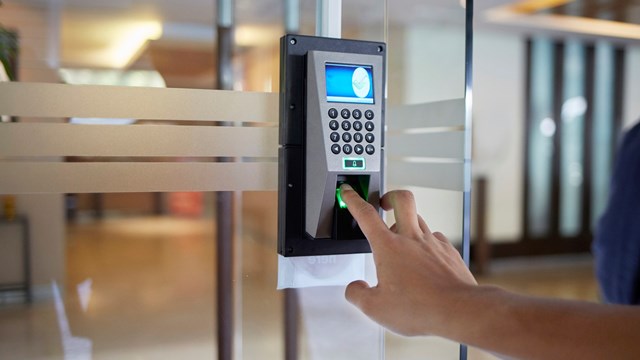
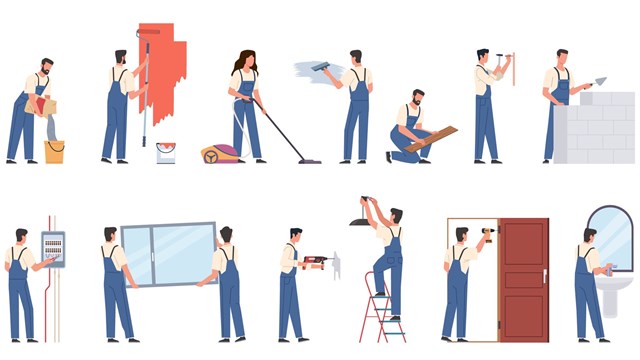
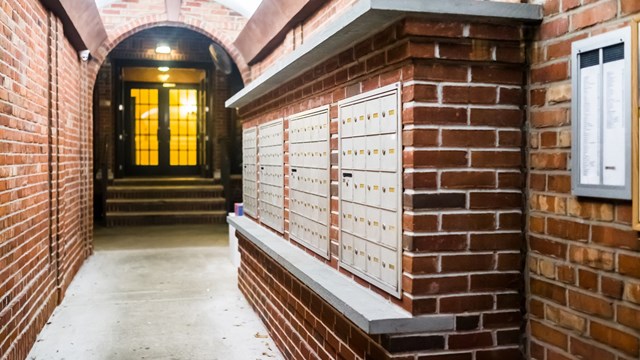
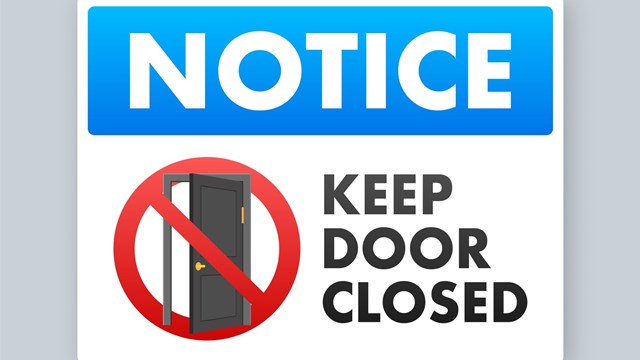
3 Comments
Leave a Comment